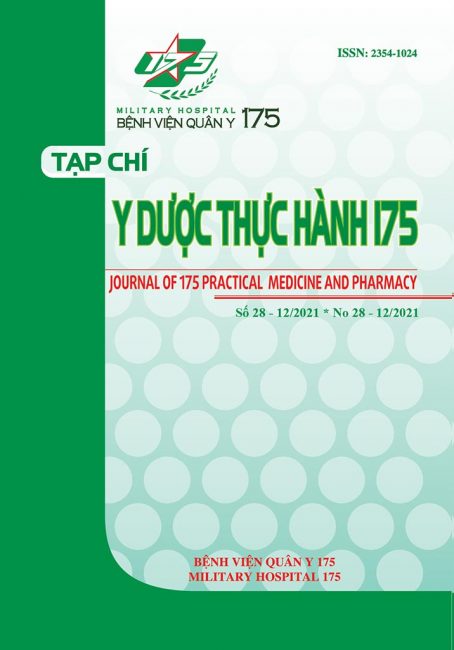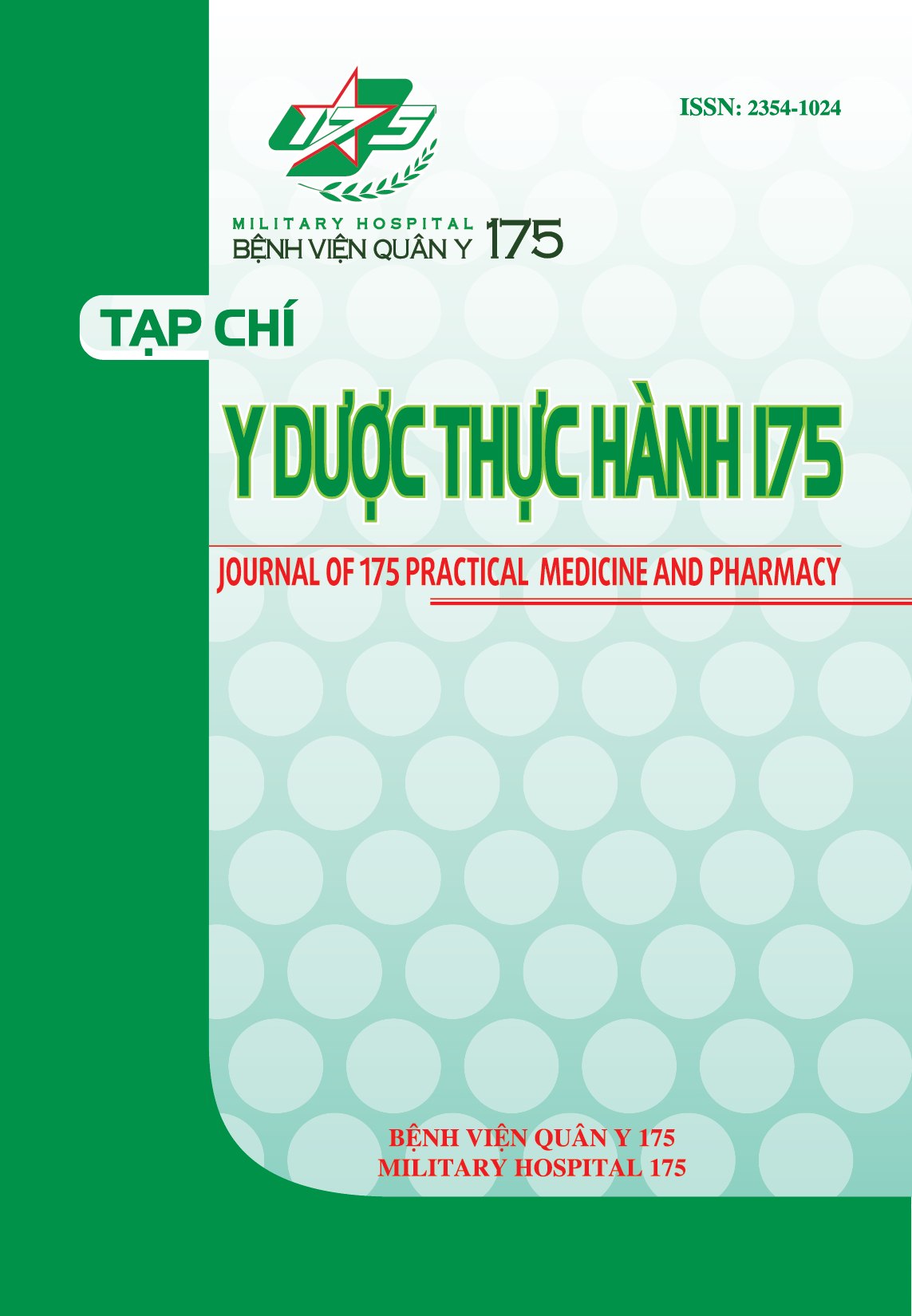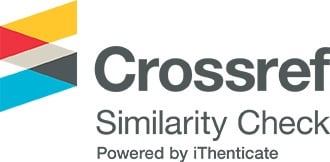RỐI LOẠN LƯỠNG CỰC VÀ CÁC YẾU TỐ LIÊN QUAN Ở BỆNH NHÂN ĐẾN PHÒNG KHÁM TÂM THẦN KINH, BỆNH VIỆN ĐẠI HỌC Y DƯỢC THÀNH PHỐ HỒ CHÍ MINH
Các tác giả
DOI: https://doi.org/10.59354/ydth175.2021.85Từ khóa:
rối loạn lưỡng cực, MDQ, rối loạn hưng trầm cảm, rối loạn khí sắcTài liệu tham khảo
A.A.P. Association (2013) Bipolar and Related Disorders. IN: 5th (Ed.) Diagnostic and statistical manual of mental disorders, 5thed 5th ed., Washington, DC, p.123-154.
A. Shabani, M. Mirzaei Khoshalani, S. Mahdavi, M. Ahmadzad-Asl (2019) “Screening bipolar disorders in a general hospital: Psychometric findings for the Persian version of mood disorder questionnaire and bipolar spectrum diagnostic scale”. Med J Islam Repub Iran, 33, 48.
L. Steardo, Jr., M. Luciano, G. Sampogna, F. Zinno, P. Saviano, F. Staltari, et al. (2020) “Efficacy of the interpersonal and social rhythm therapy (IPSRT) in patients with bipolar disorder: results from a real-world, controlled trial”. Ann Gen Psychiatry, 19, 15.
B.J. Sadock, V.A. Sadock, P. Ruiz (2015) Mood Disorder. Kaplan & Sadock’ Synopsis of Psychiatr 11th. Wolters Kluwer, p347-386.
Y. Feng, Y.T. Xiang, W. Huang, G. Wang, L. Feng, T.F. Tian, et al. (2016) “The 33- item Hypomania Checklist (HCL-33): A new self-completed screening instrument for bipolar disorder”. J Affect Disord, 190, 214-220.
A. Sasdelli, L. Lia, C.C. Luciano, C. Nespeca, D. Berardi, M. Menchetti (2013) “Screening for Bipolar Disorder Symptoms in Depressed Primary Care Attenders: Comparison between Mood Disorder Questionnaire and Hypomania Checklist (HCL-32)”. Psychiatry J, 2013, 548349.
A.J. Ferrari, E. Stockings, J.P. Khoo, H.E. Erskine, L. Degenhardt, T. Vos, et al. (2016) “The prevalence and burden of bipolar disorder: findings from the Global Burden of Disease Study 2013”. Bipolar Disord, 18 (5), 440-50.
U. Ouali, L. Jouini, Y. Zgueb, R. Jomli, A. Omrani, F. Nacef, et al. (2020) “The Factor Structure of the Mood Disorder Questionnaire in Tunisian Patients”. Clin Pract Epidemiol Ment Health, 16 (Suppl-1), 82-92.
J. Twiss, S. Jones, I. Anderson (2008) “Validation of the Mood Disorder Questionnaire for screening for bipolar disorder in a UK sample”. J Affect Disord, 110 (1-2), 180-4.
N. Gervasoni, B. Weber Rouget, M. Miguez, V. Dubuis, V. Bizzini, M. Gex-Fabry, et al. (2009) “Performance of the Mood Disorder Questionnaire (MDQ) according to bipolar subtype and symptom severity”. Eur Psychiatry, 24 (5), 341-4.
R.M. Hirschfeld, J.B. Williams, R.L. Spitzer, J.R. Calabrese, L. Flynn, P.E. Keck, Jr., et al. (2000) “Development and validation of a screening instrument for bipolar spectrum disorder: the Mood Disorder Questionnaire”. Am J Psychiatry, 157 (11), 1873-5.
P.R. Albert (2015) “Why is depression more prevalent in women?”. J Psychiatry Neurosci, 40 (4), 219-21.
J.D. Lish, S. Dime-Meenan, P.C. Whybrow, R.A. Price, R.M. Hirschfeld (1994) “The National Depressive and Manic-depressive Association (DMDA) survey of bipolar members”. J Affect Disord, 31 (4), 281- 94.
P. Waleeprakhon, P. Ittasakul, M. Lotrakul, P. Wisajun, S. Jullagate, T.A. Ketter (2014) “Development and validation of a screening instrument for bipolar spectrum disorder: The Mood Disorder Questionnaire Thai version”. Neuropsychiatr Dis Treat, 10, 1497-502.
F. Benazzi (2005) “Unipolar depression with racing thoughts: a bipolar spectrum disorder?”. Psychiatry Clin Neurosci, 59 (5), 570-5.
Tải xuống
Tải xuống: 127










